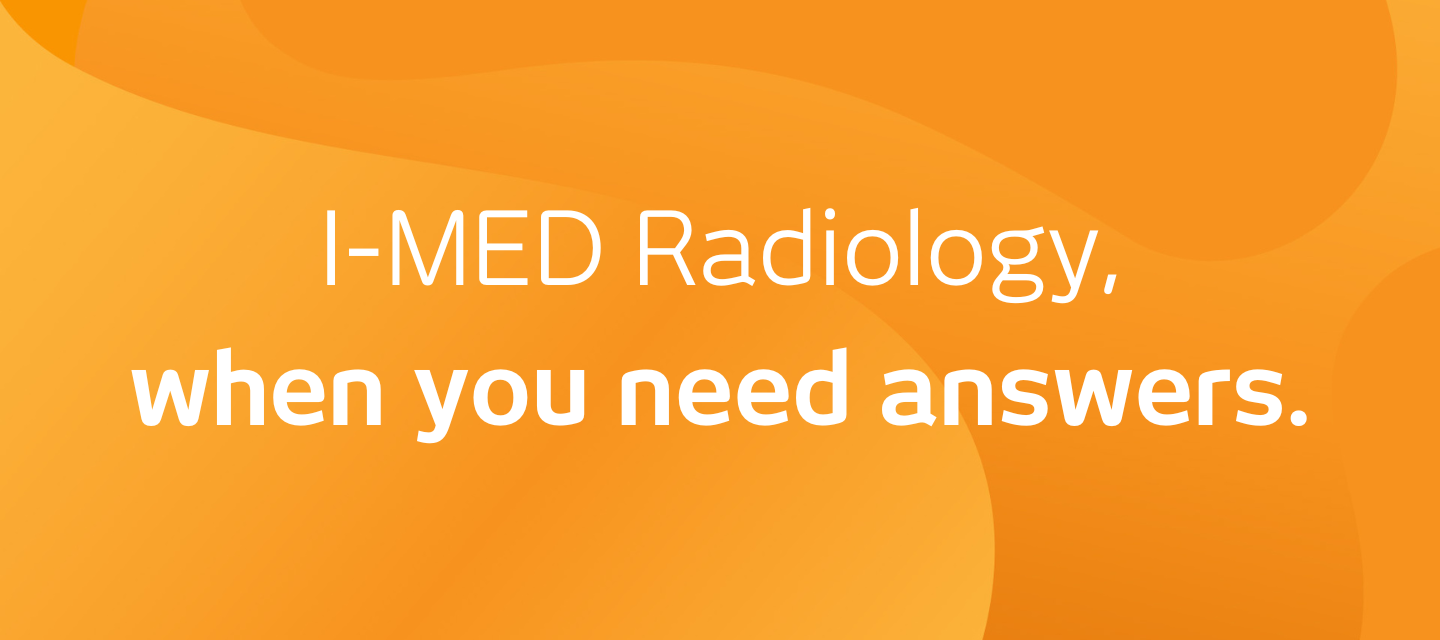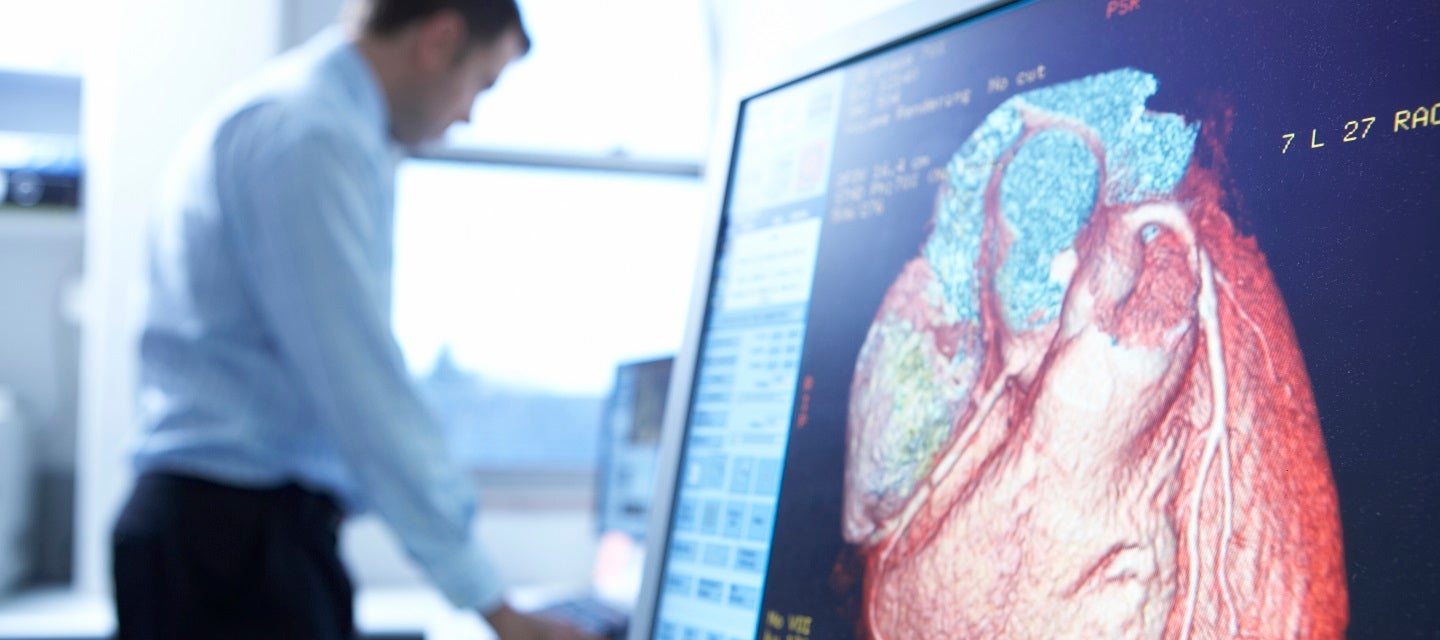

CT Coronary Angiography Scan (CTCA)
CT Coronary Angiography Scan (CTCA)

What is CT Coronary Angiography ?
Angiography is the x-ray imaging of blood vessels using contrast agents injected into the bloodstream. CTCA uses computed tomography (CT) scanning to take pictures or images (angiograms) of the coronary arteries of the heart. These arteries supply blood to the heart muscle, and disease of these vessels (atherosclerosis) is responsible for most heart attacks.
Iodinated contrast agents increase the density of the blood within the vessels which allows the internal structure of the blood vessels to be visualised on CTCA. Medication to reduce blood flow and slow down the heart rate might also be given to make the images even clearer and easier to interpret. This will be given either in tablet form, a spray under the tongue or via a
cannula (thin plastic tube) inserted into a vein in the arm.
Why would my doctor refer me for a CT coronary angiography? keyboard_arrow_down
Your doctor may refer you for a CTCA to determine if you have narrowing of the coronary arteries, which could be causing the symptoms you’re experiencing.
How do I prepare for CT coronary angiography? keyboard_arrow_down
As CT images are clearer if your heart rate is low, you may be given medications before the test to slow down your heart rate. It is advisable that you do not have any tea (including herbal teas), coffee, cola, chocolate or other stimulants before the procedure as these contain caffeine, which can raise your heart rate. It is not necessary to go without food or drink before the procedure, but a full stomach is not advisable, as this together with the contrast agent might make you feel nauseated. It is important that you advise I-MED staff when you make your appointment if you have asthma, diabetes, any kidney problems, irregular heart rhythm, have in the past had an allergy to contrast agents used in a radiology procedure or have a strong history of allergy to other things (like foods, pollens or dust). If you have any of these conditions, you may not be able to have the procedure.
Once you arrive at the clinic, there could be several hours of preparation prior to your CTCA examination. If you are taking metformin for diabetes, you may or may not need to stop taking it for this test, depending on whether or not your kidney function is normal. If you have had a recent blood test to check your kidney function, please bring the results with you. Many patients bring a companion with them to their appointment. Even though patients remain at the clinic till all medications used during the examination have worn off, patients can still experience some light-headedness. Therefore it is recommended that patients arrange for someone to drive them home
What happens during a CT coronary angiography keyboard_arrow_down
A CTCA test is usually carried out in three parts: preparation, scanning and recovery.
Preparation:
Before having the procedure, you will be asked about your medical history (the problems or symptoms that led you to being referred for the procedure by your general practitioner or specialist). Your heart rate will be checked using an electrocardiogram (or ECG) machine. Up to four electrode patches will be placed onto your skin on the front of your chest, so the ECG wires can be attached. The radiologist supervising your procedure will review the ECG. If your heart rhythm is regular, an intravenous (IV) cannula will be inserted into one of your veins, usually on your arm. Depending on the type of CT scanner used, if your heart rate is above 60 beats per minute, you may be given medication called a beta blocker either orally (by mouth) or intravenously (through the IV cannula) to reduce your heart rate. Reducing your heart rate makes the images clearer and easier to interpret. Your blood pressure and pulse rate will be monitored, and when the heart rate has reduced to the required level (and a regular rhythm), you will be taken from the preparation area to the CT scanner room. Several minutes before the CT scan, nitroglycerin will be sprayed into the back of your mouth from a small spray container similar to that used by asthma sufferers. This is used to dilate (expand) the coronary arteries to assist in the procedure. In some patients this can cause headache or mild lightheadedness.
Scanning:
You will be asked to lie on a bed that forms part of the CT scanner. The CT is a large square machine with a circular hole, sometimes described as looking like a donut. The bed slides in and out of the hole while images of your heart are taken. It is important not to move during the scan, as it will affect the quality of the images. CT coronary angiography Patient Information i-med.com.au While you are on the bed, you will be given a rapid IV injection of iodine contrast agent through the cannula, using a pressure injector. Although often called x-ray ‘dye’ the liquid is colourless. When the iodine contrast reaches the heart the scan commences. You will hear the CT machine rotating around you, and the bed will move in and out of the scanner while the images are taken. With some scanners, the bed may not move, or it may move in a series of short movements. You will be asked to hold your breath for approximately 10–12 seconds each time a scan is taken. This is because movement can cause the images to blur. The CT scanner takes a series of picture ‘slices’ of the heart from the top to the bottom. At the same time as these images are being taken, your ECG is recorded. The scanner uses the recording from the ECG of the electric pulses from your heart so that every time it beats, CT scan images are taken. The CT scanning is matched to the ECG, and during a period or periods when the heart moves the least, images of the coronary arteries are taken, free of motion, so that they appear sharp and clearly defined. The images are processed by the medical imaging technologist who carries out the scanning using complex computer programs. By reviewing these images, narrowing or blockages in the coronary arteries that could be responsible for heart attacks or other symptoms can be confirmed. Other information can also be obtained about heart muscle changes, the inside of the four heart chambers, the valves, the membranes that surround the heart (the pericardium) and the rest of the chest outside the heart if it is included in the scan.
Recovery:
Once all the scans have been taken (around 20 minutes), you will be taken to a recovery area for observation and the IV cannula will be removed before you are allowed to go home. If you have had medication to lower your heart rate, you may be asked to stay until the effects of the medication have worn off.
Are there any after effects from the CT coronary angiography? keyboard_arrow_down
If medications to slow your heart rate have been given, you will usually be kept under observation until any possible light headedness has worn off. This usually takes around 30 minutes, although it can take longer.
If you have a headache from the nitroglycerin, this usually passes in around 20 minutes, sometimes even quicker.
Allergy to the contrast agent might occur. This can range from mild effects, such as sneezing, itchiness, rash and hives, to severe reactions. Severe reactions are rare, but might result in breathing difficulties, a drop in blood pressure and soft tissue swelling in the face and throat. When this occurs in the airways, it can be life threatening. Such reactions are very uncommon, but the reaction must be treated immediately by the medical staff, who are trained for such emergencies.
If you have had a previous allergic reaction to contrast agent or you have a strong history of allergy to other things (like foods, pollens or dust), you should inform the medical staff at the radiology clinic before having the procedure.
The radiation dose for the procedure is approximately 2–21.5 millisieverts (a measure of radiation dose).
How long does the procedure take? keyboard_arrow_down
The whole procedure, including the preparation, scanning and recovery, can take up to 3–4 hours, particularly if you have been given beta blockers. The actual CT scanning will take approximately 20 minutes.
What are the risks? keyboard_arrow_down
The main risks of a CTCA are:
- Complications from the IV procedure and iodinated contrast agent; for example:
- Rupture of the vein from the cannula (which is rare).
- Injection of contrast into the surrounding tissues from the rapid injection of contrast agent, which might burst the wall of a small vein.
- Air injected into the vein, although most modern power injectors provide safety measures so this does not happen.
- Allergic reaction to the contrast agent including sneezing, itching, rash and hives, which occur in a small percentage of patients. An allergic reaction usually occurs within minutes of the injection. More severe reactions are rare, and include a drop in blood pressure and soft tissue swelling, which can be life threatening. Reactions such as these require immediate treatment. Medical staff at the radiology clinic where you are having the procedure are trained to treat severe reactions if they occur.
- Patients with renal impairment (kidney problems) might experience worsening of kidney function after the iodinated contrast procedure. This usually improves over several days. If impairment of kidney function is severe, the procedure is generally not carried out unless the information provided by the scan is considered to be so valuable that this outweighs the risk of further deterioration in kidney function.
- Beta blockers can cause bronchospasm (major airway narrowing) in asthmatics, and are not given to patients who depend on high heart rates to maintain normal heart function.
- Nitroglycerin can cause headache and drop in blood pressure.
- Patients taking metformin for diabetes may or may not need to stop taking it for this test, depending on whether or not their kidney function is normal. If you are taking metformin, you will need to bring the results of a recent kidney function test with you, so that it can be checked.
- The procedure would not normally be carried out on pregnant women because of the radiation exposure to the foetus (unborn baby).
- In breast-feeding patients, the contrast agent can enter the breast milk, but not in sufficient quantities to affect your baby.
What are the benefits? keyboard_arrow_down
CTCA is a relatively new test and with the rapid development of new equipment, techniques are constantly evolving. There is still debate amongst specialist doctors (cardiologists and radiologists) as to the benefits of the test. Published information would suggest that if this test is carried out and no coronary artery disease is detected, your doctor can use this information to manage your symptoms. When the coronary arteries show abnormalities, then your doctor can change your treatment according to the details of the abnormalities shown. The test has the benefit of being able to show the extent and location of atherosclerosis (a disease that obstructs blood flow in the arteries) within the coronary arteries, even if it is not causing obstruction to the blood flow.
Who does the CT coronary angiography? keyboard_arrow_down
A team of medical staff including specialist doctors (radiologists, cardiologists), medical imaging technologists and nurses are usually involved. The images are usually interpreted by the radiologist and/or cardiologist, and a written report is provided to your referring doctor.
Are there any after effects of an ultrasound? keyboard_arrow_down
It is rare to have after effects from an ultrasound examination.
Related procedures

This information has been reviewed and approved by Dr Ronald Shnier (I-MED Chief Medical Officer).
Related articles

Related procedures

This information has been reviewed and approved by Dr Ronald Shnier (I-MED Chief Medical Officer).
Related articles

